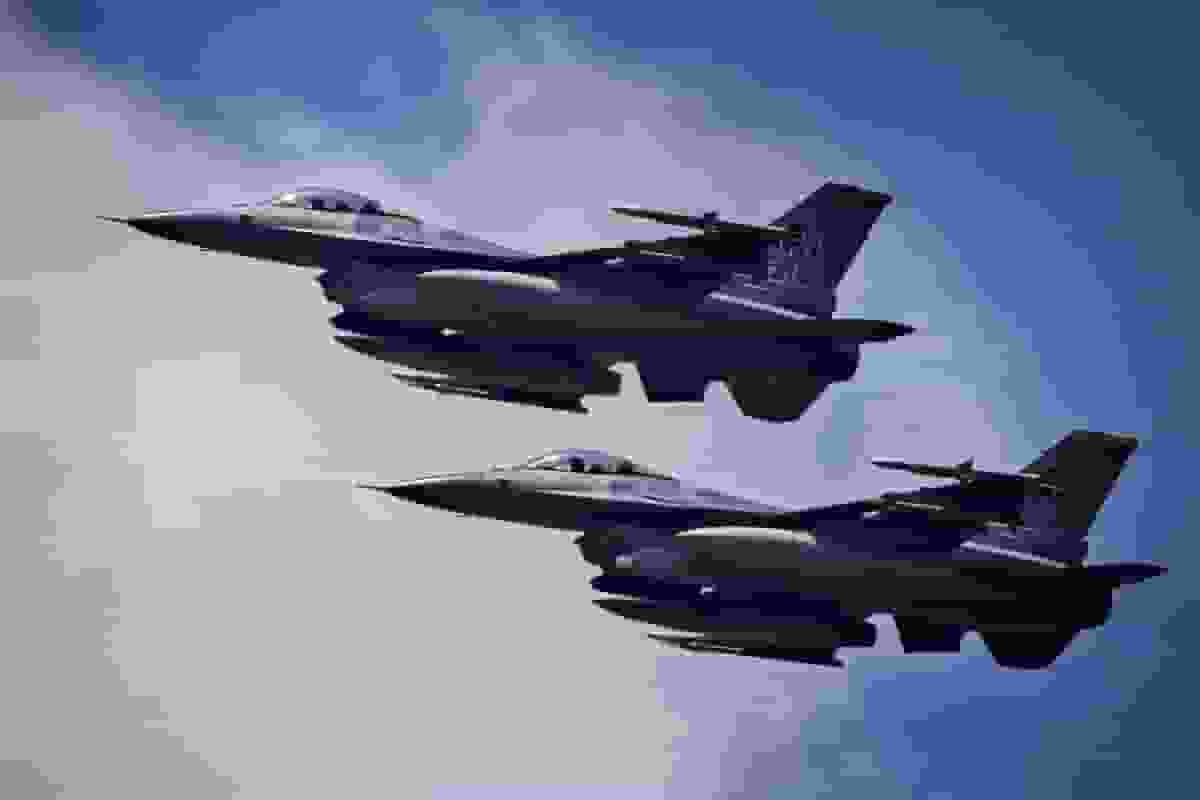On Sunday, a small plane flying from Tennessee to New York caused a sonic boom in Washington, D.C., after deviating from its planned route and flying near the U.S. Capitol, The Tennessean News reported. The aircraft, which was reportedly unresponsive, eventually crash-landed in the mountains of Virginia.

Sonic Boom In Washington Caused Fighter Jets To Scramble (PHOTO: Latestly)
Sonic Boom In Washington
The plane initially departed from Melbourne Orlando International Airport in Florida and made a stop at Elizabethton Municipal Airport in Tennessee before continuing towards Long Island, New York. However, it never reached its intended destination. Instead, it turned around over Long Island and flew directly over Washington, D.C., before crashing near Montebello, Virginia.
According to reports, the type of aircraft involved was a Cessna 560 Citation V. In response to the plane’s unresponsiveness, F-16 fighter jets from the D.C. National Guard were scrambled and cleared to fly at supersonic speed. The sonic boom generated by one of the jets startled people in Washington, Maryland, and Virginia. The fighters attempted to gain the pilot’s attention by firing flares, but unfortunately, there were no survivors found at the crash site.
The Cessna was registered to Encore Motors, and the passengers on board included the owner’s daughter, her 2-year-old granddaughter, the nanny, and the pilot. After visiting the owner’s house in California, they are returning to their home in East Hampton on Long Island.
READ ALSO: China Conducts Military Drills Near Taiwan, Sends “Stern Warning” To Island’s Government
What Caused the Sonic Boom In Washington?
The exact reason for the plane’s deviation from its course is still unknown. However, the owner of the aircraft mentioned the possibility of a loss of cabin pressure, which could have rendered the pilot and passengers unconscious.
Authorities are currently investigating the incident to determine the cause of the crash and any contributing factors. The sonic boom in Washington and subsequent crashes serve as a reminder of the risks associated with air travel and the importance of safety protocols and communication in aviation.




![Tyson Foods Plant [Photo: Food Manufacturing]](https://southarkansassun.com/wp-content/uploads/2023/08/iStock_1185520857__1_.5e441daa51cca-600x337.jpg)








![Silverado Senior Living Management Inc. [Photo: Los Angeles Times]](https://southarkansassun.com/wp-content/uploads/2023/10/download-6-4-600x337.jpg)

![China's Wuhan Institute of Virology [Photo: Nature]](https://southarkansassun.com/wp-content/uploads/2023/09/d41586-021-01529-3_19239608-600x337.jpg)















